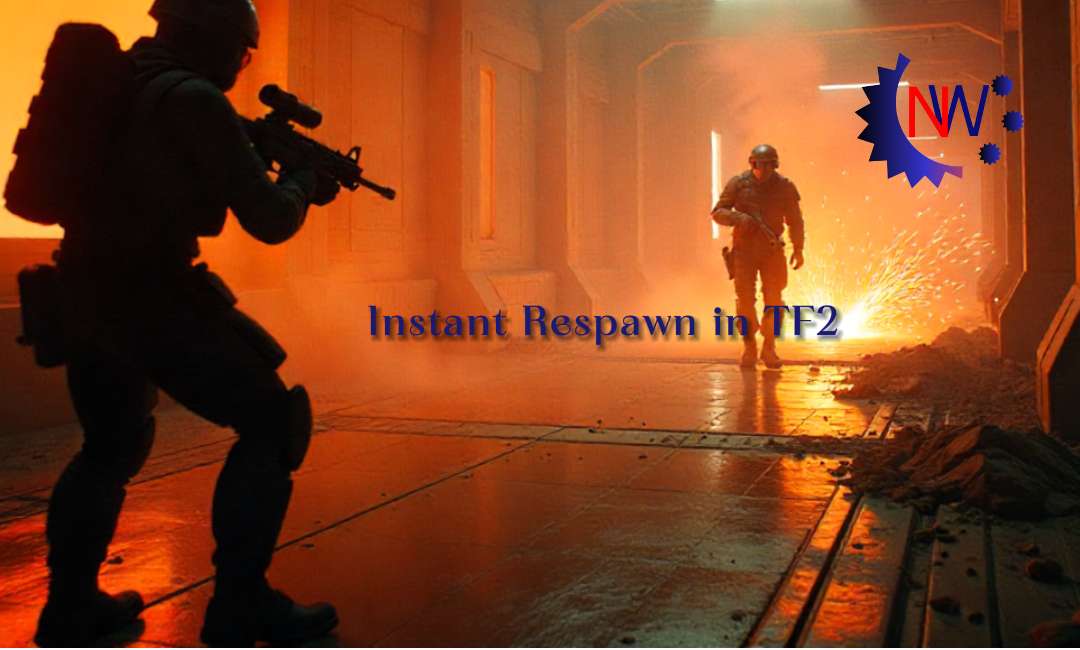How to Play Shuffleboard: The Complete Guide for Beginners and Enthusiasts

1. Introduction: The Allure of Shuffleboard
Shuffleboard is a timeless game that combines skill, strategy, and a touch of luck. Whether you’re sliding pucks down a polished table in a cozy bar or pushing discs across a sunlit court on a cruise ship, shuffleboard is easy to learn and endlessly entertaining. It’s a game that brings people together, encourages friendly competition, and can be enjoyed by all ages.
In this guide, you’ll learn everything you need to know about playing shuffleboard, from the basic rules to advanced strategies, and from equipment choices to etiquette. Let’s get started!
2. A Brief History of Shuffleboard
Shuffleboard’s roots stretch back centuries. The earliest forms of the game are believed to have originated in 15th-century England, where it was known as “shove-groat” or “shovelboard.” Players would slide coins or metal weights down a long table, aiming for specific scoring areas.
The game crossed the Atlantic with European settlers and evolved into two main forms: table shuffleboard (played on a long, smooth table) and deck shuffleboard (played on the ground or on ship decks). By the 20th century, shuffleboard had become a staple in American bars, retirement communities, and cruise ships.
Today, shuffleboard is experiencing a resurgence, with new clubs, leagues, and tournaments popping up around the world.
3. Types of Shuffleboard: Table vs. Deck
There are two main types of shuffleboard, each with its own unique charm:
Table Shuffleboard
- Played on: A long, narrow wooden table (typically 9 to 22 feet long)
- Where: Bars, game rooms, rec centers, and shuffleboard clubs
- How: Players slide metal pucks (also called weights) by hand
Deck Shuffleboard (Floor Shuffleboard)
- Played on: A marked court, usually outdoors or on cruise ships
- Where: Parks, cruise ships, retirement communities, and backyards
- How: Players use long cues to push large discs across the court
Both versions share similar objectives and strategies, but the equipment and playing surfaces differ.
4. Equipment Needed
Table Shuffleboard
- Shuffleboard Table: Ranges from 9 to 22 feet in length; the longer the table, the more challenging the game.
- Pucks/Weights: 8 total (4 per player/team), usually two colors (red and blue or black and yellow).
- Shuffleboard Powder/Wax: A special silicone or cornmeal-based powder sprinkled on the table to help pucks glide smoothly.
- Scoreboard: For keeping track of points.
Deck Shuffleboard
- Shuffleboard Court: Usually 39 feet long and 6 feet wide, marked with scoring zones.
- Discs: 8 total (4 per player/team), typically yellow and black, about 6 inches in diameter.
- Cues: Long sticks (about 6 feet) used to push the discs.
- Scoreboard: For tracking scores.
5. Table Shuffleboard: Rules and How to Play
Setup
- Two players (singles) or two teams (doubles)
- Each player/team gets 4 pucks of the same color
- Players stand at one end of the table
How to Play
- Decide who goes first (coin toss or random).
- Players alternate sliding pucks to the opposite end of the table, aiming for the highest scoring area.
- You can knock your opponent’s pucks off the table or out of scoring zones.
- After all 8 pucks are played, score the round (see scoring below).
- Next round: Players switch ends and repeat.
Game Flow
- Players take turns sliding one puck at a time.
- The goal is to have your pucks land in the highest scoring zones and to knock your opponent’s pucks out of scoring positions.
- Only one player/team scores per round—the one with the puck closest to the far end.
Winning the Game
- Games are usually played to 15 or 21 points, or a set number of rounds.
6. Deck Shuffleboard: Rules and How to Play
Setup
- Two players or two teams
- Each side gets 4 discs of the same color
- Players stand at one end of the court
How to Play
- Players take turns sliding discs with the cue toward the scoring triangle at the far end.
- Alternate shots until all 8 discs are played.
- You can knock your opponent’s discs out of scoring zones or into the penalty area.
- After all discs are played, score the round (see scoring below).
- Next round: Players move to the opposite end and repeat.
Game Flow
- Players alternate shots, trying to land their discs in the highest scoring zones and block or knock out their opponent’s discs.
- Only discs fully within a scoring zone count for points.
Winning the Game
- Games are often played to 75 points, or a set number of rounds.
7. Scoring in Shuffleboard
Table Shuffleboard Scoring
- The table is divided into zones, usually marked 1, 2, and 3 points.
- Only pucks that are completely past the line count for the higher score.
- If a puck hangs over the edge without falling, it’s called a “hanger” and is worth 4 points.
- Only the player/team with the puck closest to the far end scores points for that round (like in curling).
Deck Shuffleboard Scoring
- The court has scoring zones marked 10, 8, and 7 points.
- There’s a “-10” penalty zone at the front—avoid it!
- Only discs fully inside a zone count for that score.
- After all discs are played, add up the points for each player/team.
Example of Scoring a Round
Suppose you and your opponent have played all your pucks/discs. You count only the pucks/discs that are closer to the scoring end than your opponent’s closest puck/disc. Add up the points for those pucks/discs only.

8. Strategies and Tips for Winning
General Tips
- Aim for the highest zone, but don’t overshoot. It’s better to score a safe 2 or 3 than to fall off the end.
- Use your pucks/discs to block your opponent. Place your puck in a way that makes it hard for your opponent to score.
- Knock your opponent’s pucks out. If your opponent has a high-scoring puck, try to knock it off the table or court.
- Practice your touch. Shuffleboard is about finesse, not power.
- Learn to use angles. Bouncing off the sides can help you reach tricky spots.
Advanced Strategies
- Guarding: Place a puck/disc in front of a high-scoring one to protect it from being knocked out.
- Bumping: Use your puck/disc to gently push your own into a higher scoring zone.
- Clearing: Focus on knocking your opponent’s pucks/discs out of scoring zones, especially if they’re leading.
- Endgame Play: In the final rounds, play more defensively if you’re ahead, or take more risks if you’re behind.
Practice Drills
- Target Practice: Try to consistently land pucks/discs in a specific scoring zone.
- Knockout Drill: Practice knocking an opponent’s puck/disc out of a zone without losing your own.
- Angle Shots: Practice using the sides of the table or court to reach difficult spots.
9. Shuffleboard Etiquette
- Don’t touch the table or court while others are playing.
- Wait your turn and don’t distract your opponent.
- Keep the playing surface clean and dry.
- Be a good sport—win or lose!
- Respect the equipment: Don’t slam pucks/discs or cues.
- Congratulate your opponent: A handshake or friendly word at the end of the game is always appreciated.
10. Shuffleboard for All Ages
One of the best things about shuffleboard is its accessibility. It’s a low-impact game that can be enjoyed by kids, adults, and seniors alike. Many retirement communities and cruise ships feature shuffleboard courts for this reason. It’s also a great way to teach children about strategy, patience, and sportsmanship.
Shuffleboard can be played casually for fun or competitively in leagues and tournaments. It’s a fantastic social activity that encourages conversation and camaraderie.
11. Frequently Asked Questions
Q: How long is a shuffleboard table?
A: Tables range from 9 to 22 feet, with 14 and 22 feet being most common in competitive play.
Q: Can you play shuffleboard with more than two people?
A: Yes! You can play singles (1 vs 1) or doubles (2 vs 2).
Q: What is shuffleboard powder?
A: It’s a special wax or silicone powder that helps pucks glide smoothly on the table.
Q: Is shuffleboard hard to learn?
A: Not at all! It’s easy to pick up, but mastering the touch and strategy takes practice.
Q: Can I build my own shuffleboard table or court?
A: Yes! There are many DIY plans online for building a table or marking a court in your backyard.
Q: How do I maintain a shuffleboard table?
A: Keep it clean, use shuffleboard powder, and occasionally re-wax the surface for smooth play.
12. Conclusion
Shuffleboard is a classic game that’s easy to learn, fun to play, and rewarding to master. Whether you’re playing on a table in a bar, a court in your backyard, or a deck on a cruise ship, the basics are the same: slide your pucks, aim for the highest score, and outsmart your opponent. With a little practice and the tips in this guide, you’ll be a shuffleboard pro in no time.
So gather your friends or family, find a table or court, and start sliding! Shuffleboard is more than just a game—it’s a tradition, a social event, and a test of skill and strategy. Enjoy every moment! news




